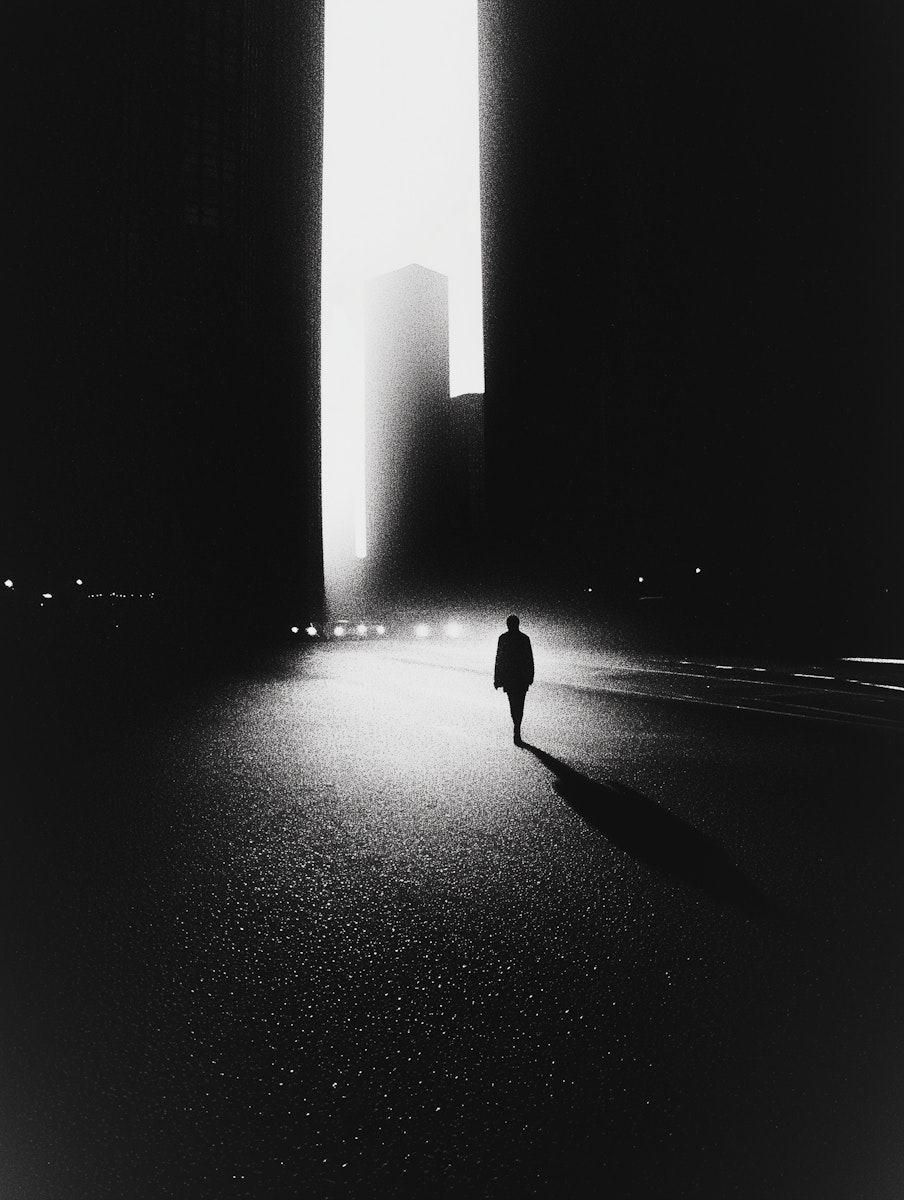In the digital world, we’re used to being directed — click this, swipe there, follow this path, consume that feed. But back in 1956, a group of radical thinkers known as the Situationist International invented something strange and quietly revolutionary: The Dérive — or, simply put, drifting.
At first glance, it sounds harmless. A dérive is an aimless, unplanned walk through an urban environment, letting the city’s psychic atmosphere guide you instead of following a map or destination. But this wasn’t just a quirky art project. It was a rebellion.
Hacking the City
The Situationists believed modern cities — like modern societies — had been designed to control people. Not through fences and soldiers, but through architecture, advertising, and routine. Your movements, thoughts, and desires were programmed by invisible systems you weren’t meant to notice.
By breaking that routine — by walking without purpose, by letting the city’s moods and forgotten alleys pull you off course — you could temporarily hack the system.
It wasn’t about getting lost. It was about exposing the hidden forces shaping how you moved, felt, and lived. To drift was to see the city as a dynamic, living code, not a static grid.
Psychogeography: The Mood of Space
Central to the dérive is the idea of psychogeography — the way physical places subtly influence our emotions and behavior. Why does one alley make you anxious? Why does one abandoned square feel electric at midnight? Why does that overpass hum with tension while this quiet park feels like a glitch in time?
The dérive turned these intuitions into data points. The city wasn’t neutral — it was an emotional operating system designed to channel people into predictable habits. Drifting short-circuited that.
The Dérive as Cultural Hack
Fast-forward to now, and the dérive feels eerily relevant again. We’ve swapped city streets for digital feeds. Our dérives are algorithmically optimized scrolls, carefully shaped for maximum engagement.
But what if we broke the map again? What if we dérived through the digital city? Clicking random hyperlinks, chasing obscure forums, following strange usernames into digital alleys that weren’t meant for us.
The dérive teaches us how to reclaim agency, even in hyperconnected systems:
- Move without purpose.
- Follow what feels electric, not what’s fed.
- Notice the architectures of control: hashtags, trends, curated culture loops.
- Step sideways, always.
In this sense, the dérive is still a radical act. It breaks the illusion of inevitability.
The Rebellion of Uselessness
The dérive had no product, no outcome, no monetizable data. It was deliberately useless in a system that demanded productivity.
In a world obsessed with optimization, this kind of glitch behavior is dangerous.
Because if enough people start stepping outside their assigned routes — physical, cultural, digital — the map begins to dissolve. New spaces open up. New ideas emerge.
The Situationists knew this. That’s why they called the dérive a tactic of resistance — not because it fixed the system, but because it reminded you there was a system in the first place.
Drifting is how you remember you’re free.
Final Transmission
We live inside infrastructures built to be invisible. Urban grids, social platforms, news cycles, timelines, careers, personal brands. And every single one of them can be dérived.
The next time you feel yourself moving along a path too clean, too pre-mapped —
Step sideways.
Take the street you’ve never walked.
Click the link no one recommended.
Speak to the person outside your algorithm.
Get lost — deliberately.
That’s where the cracks live.
And the cracks are how the light gets in.
